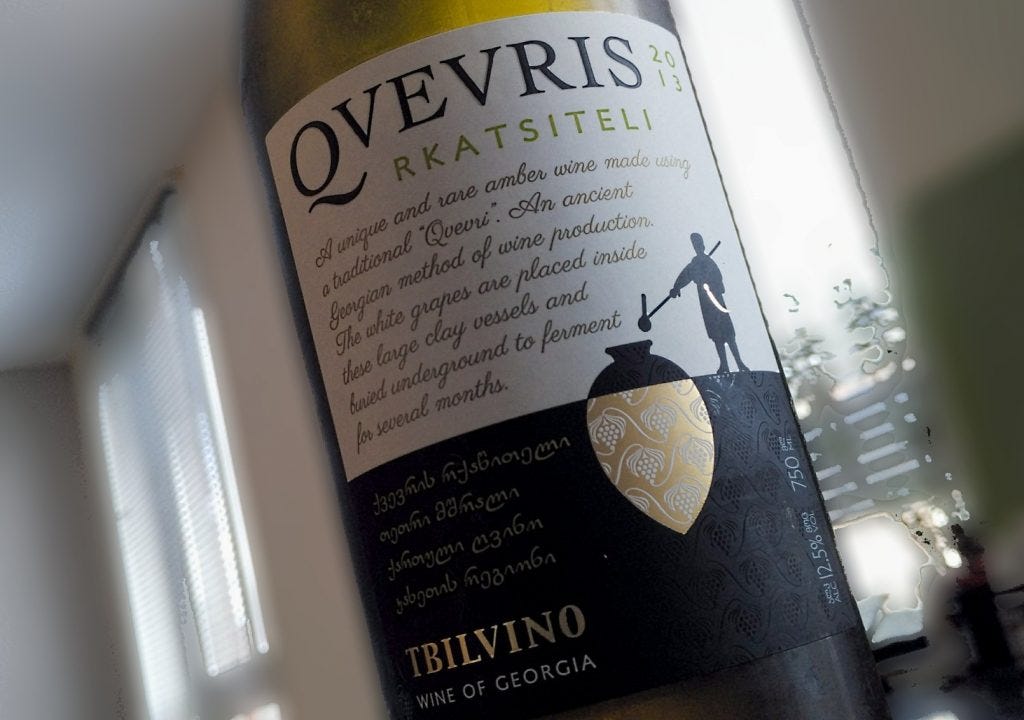Tbilvino's Qvevris Rkatsiteli - big isn't necessarily bad
Reviewing a Georgian amber wine that you won't struggle to get hold of.
Experienced wine lovers tend to look down on large producers - and by large, I mean wineries knocking out more than a million bottles a year. This isn't without reason - generally, with such massive quantities, a different set of criteria apply - consistency, of both vintage and brand are of more concern than terroir or vintage variation. When it comes …
Keep reading with a 7-day free trial
Subscribe to The Morning Claret to keep reading this post and get 7 days of free access to the full post archives.




